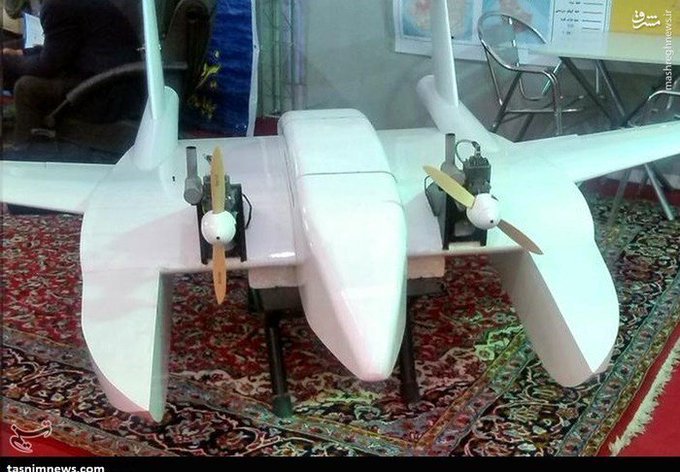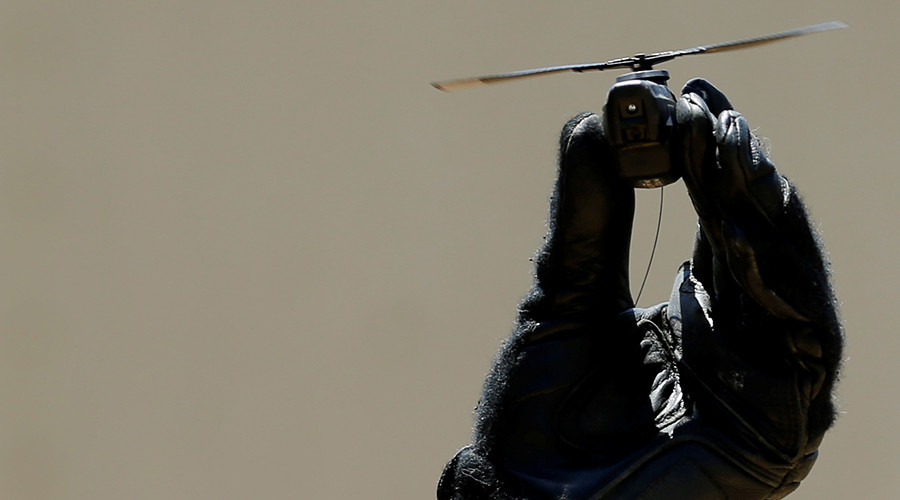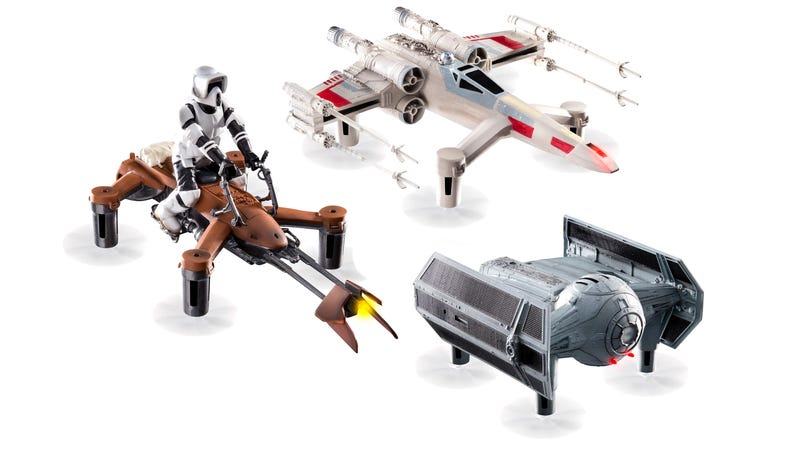Drone USA
October 3, 2016
NEW YORK--(BUSINESS WIRE)--Drone USA, Inc. (OTC Markets:DRUS) (“Drone USA” or the “Company”), a developer and manufacturer of low altitude Unmanned Aerial Vehicles (“UAV”) and related technologies, today announced that the Company has entered into an agreement with the Portuguese Government (Secretaria do Mar, Ciência e Tecnologia -“SMCT), the national aviation authority of Portugal (Navegação Aérea de Portugal – “NAV”) and Aeroportos de Portugal (airports’ management authority – “ANA”) ; enabling the Company to fly and test UAVs at the airport of Santa Maria island, in the Azores archipelago, in Portugal.

“The speed and efficiency at which the Regional Secretary for the Sea, Science, and Technology achieved this exceptional agreement is commendable, and representative of a higher level of strategic thinking with the potential to benefit the economy of the Azores and the UAV industry.”
Michael Bannon, Drone USA’s Chief Executive Officer commented, “This agreement assures synergy and cooperation between flight operations, air traffic control, and the regional government, and is unique in terms of all the characteristics that come together to yield an optimal context for our sector. We are excited to move forward, and believe that this agreement will benefit not only the Company, but the local community as well.”
Fausto Brito e Abreu, the Regional Secretary for the Sea, Science, and Technology commented, “We are very excited with this agreement we signed with Drone USA, and I believe that the Azores offer a unique setting to test and develop UAVs, for operations over land and sea. The Azores Regional Government over the coming years will have a growing demand for these technologies, for environmental monitoring at sea, fisheries control and scientific research. Also, in 2017 we expect the Azores International Research Center (AIR Center) to be created and start its operations in oceans and climate science.”
Drone USA, Inc. is discussing a proposal to create a UAV program based on Medium Altitude, Long Endurance (MALE) systems, tailored to the specific needs of the nine-island archipelago, and aimed at creating high-tech jobs and contributing to the local economy.
The proposal will be further discussed with the regional government, as well as with governmental and military entities in Lisbon, Portugal.
The initiative intends to address multiple needs such as the enforcement of fishery regulations, search and rescue operations, disaster response, prevention of contraband, environmental protection, and scientific research. The ultimate goal is to transfer operations, maintenance, logistics, and data acquisition and exploitation to an indigenous team, thus creating high tech jobs and allowing for progressive higher levels of operational autonomy at competitive budgets.
Paulo Ferro, Drone USA’s chief strategy officer commented, “The speed and efficiency at which the Regional Secretary for the Sea, Science, and Technology achieved this exceptional agreement is commendable, and representative of a higher level of strategic thinking with the potential to benefit the economy of the Azores and the UAV industry."
About Drone USA, Inc.
Headquartered at One World Trade Center in New York, NY, Drone USA plans to become a primary developer and manufacturer of low altitude unmanned aerial vehicles (UAV) and related technologies. Target markets include select defense segments (military), public safety (police, fire, emergency response), and high growth commercial applications such as agriculture, photogrammetry, mining, utilities, and entertainment. The Company seeks to strengthen its systems portfolio by acquiring UAV firms with superior technologies that are proven in high-growth markets, as well as complementary technologies such as sensors and software.
For additional information about Drone USA, please visit www.droneusainc.com.
Forward-Looking Statements
Certain statements in this press release may be considered “forward-looking statements” within the meaning of the Private Securities Litigation Reform Act of 1995. These forward-looking statements may include projections of matters that affect revenue, operating expenses or net earnings; projections of growth; and assumptions relating to the foregoing. Such forward-looking statements are generally qualified by terms such as: “plans, “anticipates,” “expects,” “believes” or similar words of like kind. Forward-looking statements are inherently subject to risks and uncertainties, some of which cannot be predicted or qualified. Future events and actual results could differ materially from those set forth in, contemplated by, or underlying the forward-looking information. These factors are discussed in greater detail in the company’s business plan and filings with the OTC Markets Group.
Read more at:

















